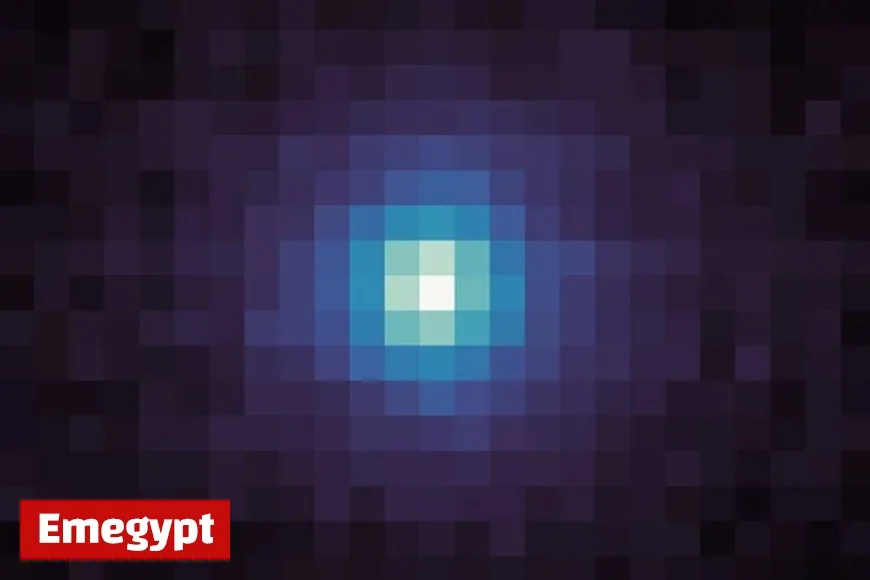NASA Mars Spacecraft Brings Us Closer to Unveiling the Secrets of Comet 3I/ATLAS Composition

NASA’s MAVEN spacecraft recently shifted its focus to the interstellar comet 3I/ATLAS for ten days, starting September 27, 2025. This celestial body has attracted significant attention this year due to its unique properties and behavior.
NAVIGATION OF COMET 3I/ATLAS
During October 2025, 3I/ATLAS became obscured by the Sun, which rendered it unobservable from Earth using both ground and space telescopes. To overcome this limitation, scientists utilized MAVEN and other spacecraft in our Solar System.
Involvement of Other Spacecraft
- ESA’s Trace Gas Orbiter tracked 3I/ATLAS and helped refine its trajectory.
- NASA’s fleet of solar missions, including STEREO-A, SOHO, and PUNCH, captured important images of the comet as it approached the Sun.
INSIGHTS FROM MAVEN OBSERVATIONS
MAVEN utilized its Imaging Ultraviolet Spectrograph (IUVS) to capture high-resolution images of 3I/ATLAS across multiple wavelengths. This technology played a key role in detecting various chemical components, particularly hydrogen.
Key Findings
- The IUVS revealed the presence of hydroxyl (OH) gas, indicative of water.
- Scientists estimated the comet’s deuterium to hydrogen ratio, shedding light on its origins.
- As 3I/ATLAS approached Mars, MAVEN’s IUVS instrument mapped atoms in the comet’s coma, including hydrogen and hydroxyl.
Shannon Curry, MAVEN’s principal investigator, noted the significance of these findings, emphasizing that the preliminary analysis has only begun.
HYDROGEN DETECTION AROUND 3I/ATLAS
A stunning image from MAVEN captured on September 28, 2025, displayed hydrogen surrounding the comet. The detection showcased hydrogen emissions from three distinct sources:
- Hydrogen directly from the comet
- Hydrogen from Mars
- Hydrogen found throughout the Solar System
MAVEN successfully differentiated between these hydrogen sources, marking a critical advancement in our understanding of interstellar objects like 3I/ATLAS. Justin Deighan, MAVEN’s deputy principal investigator, remarked on the excitement surrounding these groundbreaking measurements.
As research progresses, the data gathered from MAVEN will contribute to a deeper understanding of the mysterious composition and evolution of comet 3I/ATLAS.
































